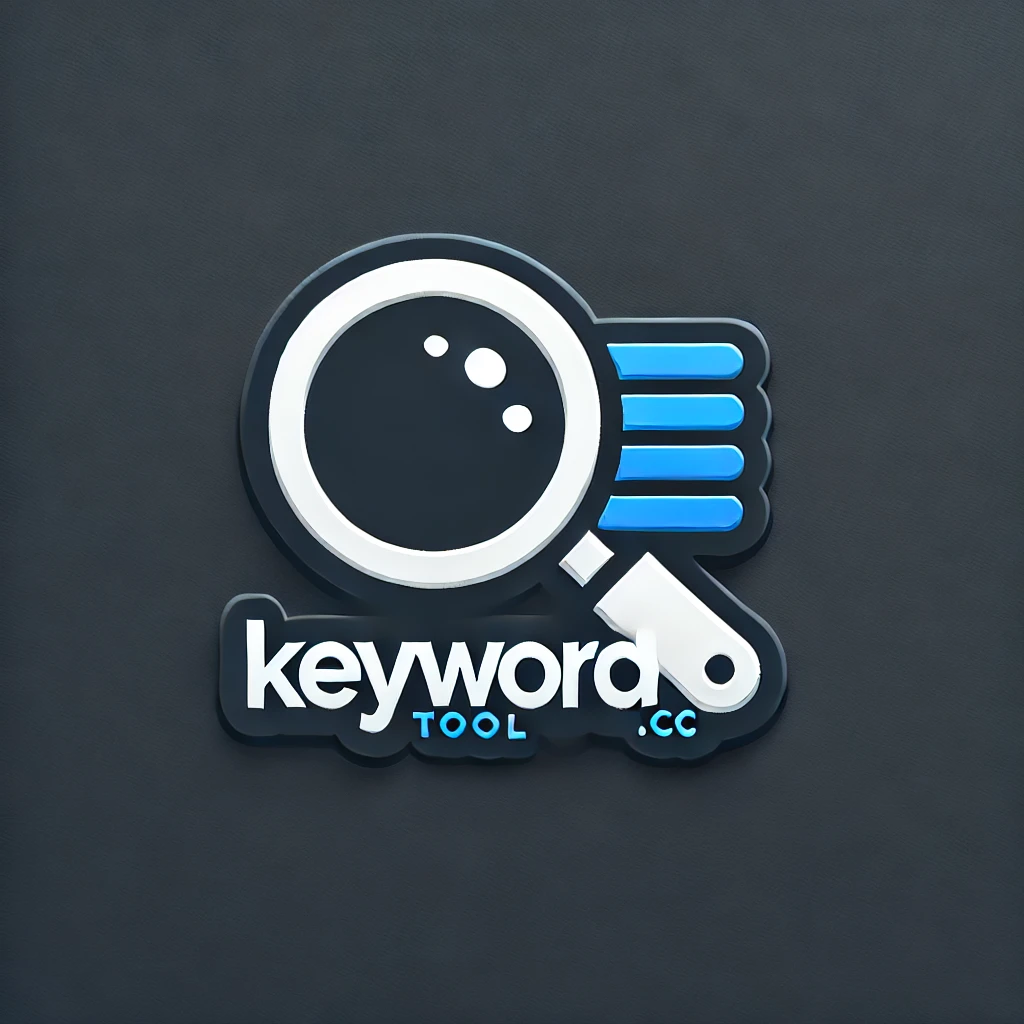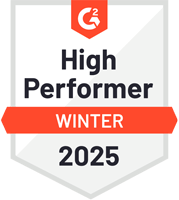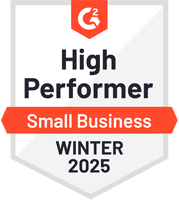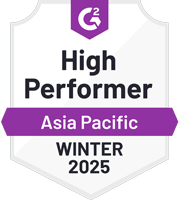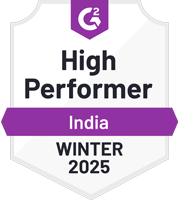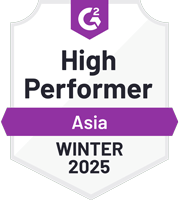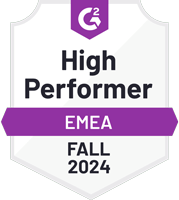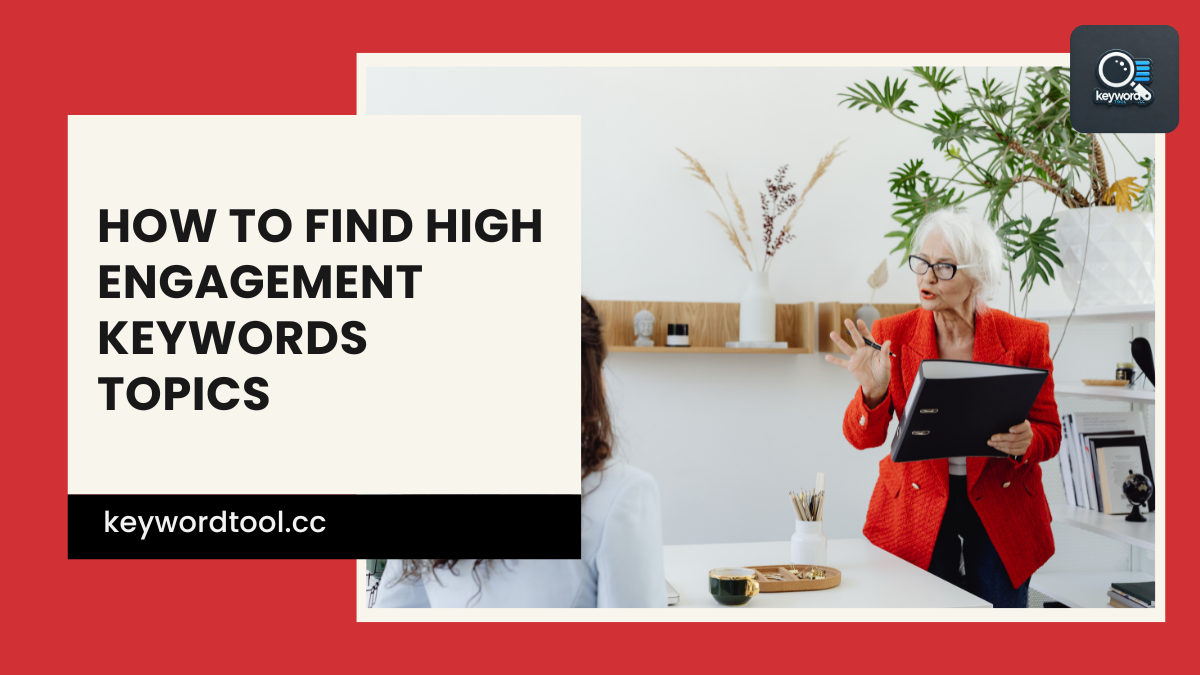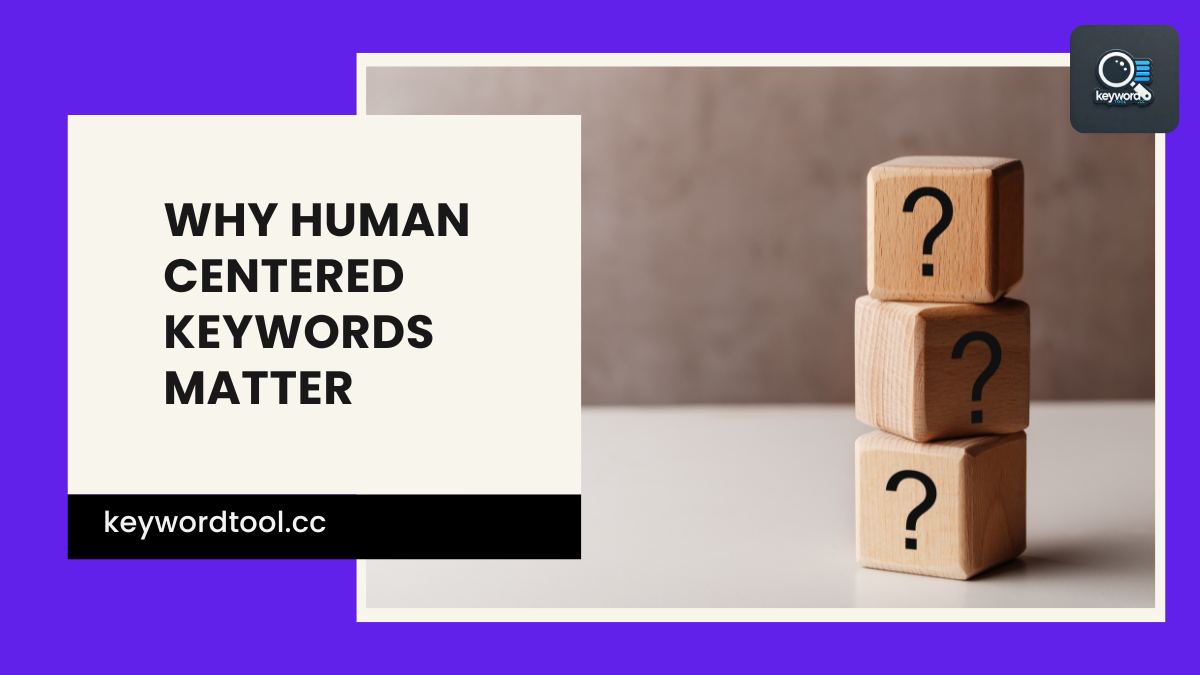Getting a local page to show up on page one doesn’t have to feel like chasing Bigfoot. With the right moves, you can rank local page in 14 days—yes, really—and start seeing clicks that actually matter. Whether you’re dealing with multiple regions or just trying to prove your SEO magic is working, this guide skips the fluff and gets straight to what works. No guesswork, no waiting around for months. Just clear steps that help your page climb faster than your client’s expectations. Ready to stop explaining “why it takes time” and start showing results?
Optimize Your Google Business Profile
Start by claiming your Google Business Profile. Don’t wait—grab it before someone else does or before incorrect details confuse people. Add your business name, address, and phone number exactly as they appear on your website. Keep this info consistent across all platforms to avoid sending mixed signals to search engines.
Next, choose the right category for your service or product. Pick a primary category that fits what you offer best. Then add secondary ones if needed—but don’t stuff them in just to show up in more results. That trick doesn’t help and can backfire.
Upload photos that clearly show your location, products, services, and even team members. Avoid blurry shots or outdated images from five years ago. Searchers trust listings with fresh visuals more than those with none at all.
Set business hours that reflect when you’re actually open—and update them for holidays or special events. Nothing irritates a potential customer more than showing up only to find the doors locked.
Now comes one of the most powerful parts: reviews. Ask satisfied clients to leave honest feedback on your profile after a job well done. Make it easy—send them a direct link so they’re not hunting around looking for where to write one.
Respond to every review—yes, even the not-so-great ones—with calm replies that show you care about fixing problems and listening to customers.
Add posts regularly using promotions, updates, or helpful tips related to what you do locally. These short messages give you another chance to appear in local results without needing extra pages on your site.
If you’re trying to rank local page in 14 days, optimizing this profile is one of the fastest ways forward. It’s free real estate on Google’s front lawn—you just need to keep it trimmed and active so people stop by instead of scrolling past it like an empty lot.
Target Location-Specific Keywords
Search engines don’t guess. They follow signals. One strong signal is the use of location terms in your content. Start with real words people type into search bars. Think “plumber in Tampa” or “best coffee shop Brooklyn.” These aren’t fancy phrases—they’re what your potential visitors actually use. Plug these into your titles, headers, and descriptions. Don’t bury them at the bottom of a paragraph. Put them where they matter.
Use city names, neighborhoods, or even landmarks if they make sense for your service area. For example, instead of saying “quality dog grooming,” try “dog grooming near Lincoln Park Chicago.” This tells Google who you help and where you’re located.
Don’t stop at just one keyword per page either. Mix it up with variations: zip codes, nearby towns, common slang for the area. People search differently depending on how familiar they are with a place.
Your meta description should also include a location term that matches your title and heading tag (H1). This keeps things clear for both users and crawlers. Consistency helps search engines connect the dots faster.
Make sure URLs reflect geography too—something like `/los-angeles-hvac` works better than `/services`. Even image alt text can carry weight if it includes local context.
This strategy isn’t only about discovery—it’s about trust too. When users see their city mentioned right away, they’re more likely to click through and stay longer on your site.
Keep updating keywords based on trends or seasonal events in that region as well—what people search during summer might shift by winter.
Rank Local Page in 14 Days with On-Page SEO Tweaks
Want to rank in 14 days? Start by fixing the basics. The right on-page tweaks can push your listing ahead of slow competitors. You don’t need a full site overhaul—just smart updates in key spots.
First, check your schema markup. If it’s missing or wrong, search engines won’t fully understand your business. Add LocalBusiness schema and make sure it includes your name, address, phone number (NAP), and opening hours. This helps Google match you to nearby searches faster and more accurately.
Next up, internal links. Don’t let important pages sit alone like forgotten leftovers in the fridge. Link them from other relevant pages using anchor text that makes sense—skip the vague “click here.” This spreads authority across your site and helps bots crawl everything better.
Now grab your phone—does your page load fast and look right on it? A mobile-friendly layout isn’t optional anymore. Make buttons easy to tap, avoid tiny fonts, and lose anything that slows down loading times like large images or messy code.
Speaking of speed: test how fast your page loads on both desktop and mobile using tools like PageSpeed Insights or GTmetrix. Cut down scripts you don’t need. Compress images without killing quality. Every second counts when users bounce before even seeing what you offer.
These changes may seem small—but they’re not just for show. They help crawlers index content correctly while giving visitors less reason to leave early. Combine these updates with consistent NAP info across listings, and you’re setting yourself up for quick wins where it matters most: local search results.
Stick to clear structure, fix what’s broken under the hood, and keep things lean for users on-the-go—that’s how you quietly climb the ranks without waiting months for results to show up.
Build Local Backlinks and Citations
Local links hold power. They act as signals that tell search engines your business is active in a specific area. If you want to rank local page in 14 days, you can’t skip this step.
Start by finding trusted sources in your city or region. Chambers of commerce, neighborhood blogs, and community event pages often list businesses like yours. These sites might not have huge traffic, but they hold weight for local relevance. Reach out with something useful—maybe an event you’re hosting or a guide related to your service area. Make it easy for them to link back.
Skip the cold pitches that sound robotic. Personal messages get better responses. If someone runs a blog about food places in town and you’re a restaurant? Offer them a free tasting or interview opportunity instead of just begging for links.
Now let’s talk citations—those listings on directories like Yelp, Yellow Pages, and Google Business Profile. Make sure every listing has the exact same Name, Address, and Phone number (NAP). Typos or mismatched formatting confuse search engines and weaken trust.
Use tools that scan citation consistency across platforms; many offer quick checks so you don’t have to hunt manually on 30+ directories. Fix any errors fast—small mistakes here can stall progress without warning.
Don’t forget niche directories either. A dentist should be on health-related listing sites; an auto shop should appear on mechanic-specific platforms too.
Once you’ve built some strong local citations and earned even a handful of relevant backlinks, monitor how these changes affect visibility using tracking tools that show both organic growth and social buzz around your brand.
These steps help build authority where it counts most: right in your own backyard.
Fast-Tracking Local Visibility with Smart SEO Moves
If you’ve ever wondered whether it’s possible to rank local page in 14 days, the answer is yes—with the right strategy and a dash of digital elbow grease. By optimizing your Google Business Profile, targeting location-specific keywords, fine-tuning on-page elements, and building authoritative local backlinks and citations, you can dramatically boost your visibility in record time. It’s not about gaming the system—it’s about outsmarting it with precision. So, keep those analytics handy, track what works, and let your results do the talking. Your clients (and their local rankings) will thank you for it.
